
Sandy Soil is well aerated and stays warm when exposed to sunlight. The large grains allow oxygen to permeate the soil and reach the roots. On the other hand, sandy soil drains fast, and can dry out causing you to water more. Overwatering can strip the soil of nutrients, not to mention upping your water bill. You can try to supplement a sandy garden patch by adding compost material to your sand and mixing it before planting.
Asparagus
Video of the Day
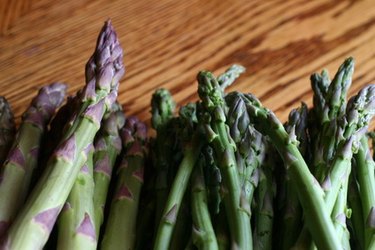
Asparagus does not like to get water logged. The roots of an asparagus plant will rot quickly if exposed to stagnant water for too long and well-draining sand is a good soil to grow these tasty stocks in. Sand also helps to keep slugs off of the roots of young plants. Asparagus prefers warm weather and is drought resistant.
Video of the Day
Carrots
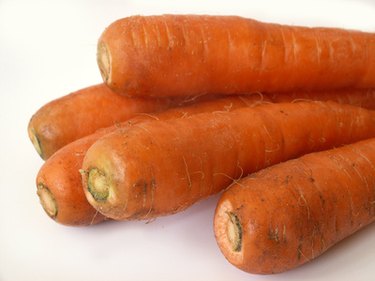
Sandy, malleable soil allows carrots to push through it and grow large beneath the surface. They need good drainage because carrots will rot if sitting in water but they don't like to get too dry. The soil must stay moist and well drained. Start your carrots in small starter trays before planting them and then keep them weed free. Within weeks you'll be eating the sweet, eye-friendly crop.
Onions and Garlic
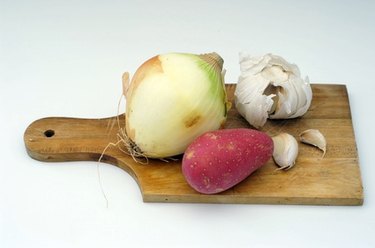
Root vegetables such as onion and garlic grow beneath the surface of the ground and, therefore, like sand very much. These pungent veggies are used in almost every style of culinary art and can spice up any savory dish. Similar tasting herbs like chives and green onions also grow well in a sandy garden bed and can add slight bits of flavor when a large onion isn't available.
Strawberries
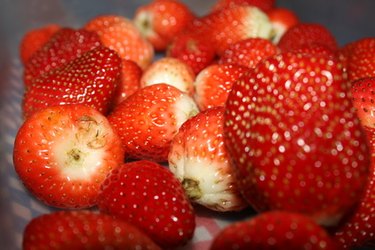
These ornamental berry-producing plants prefer long warm days and cool nights, a condition indicative of climates with sandier soil types. Their roots cannot get water logged and so the well draining aspect of sand is favorable as well. Slugs, earwigs and other crawling critters really like the roots and berries of these plants and sand can help keep the pests away.
Radishes
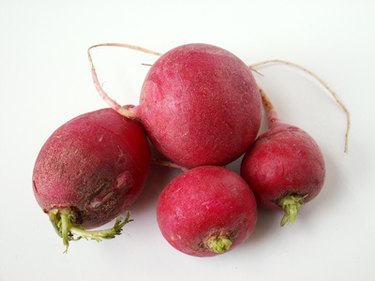
Radishes will produce edible material within three weeks after planting. Their fast turnover will be even more rewarding if the soil surrounding the root vegetable is free of any solid objects such as rocks. The radishes will be nicely rounded without indentations which is why sand is a preferred medium for radishes.